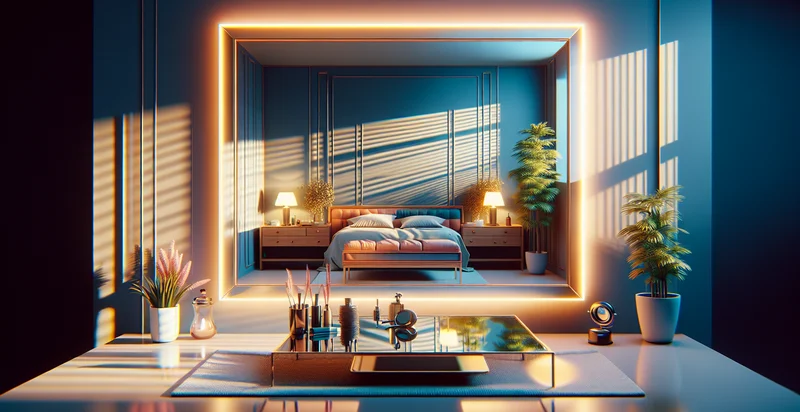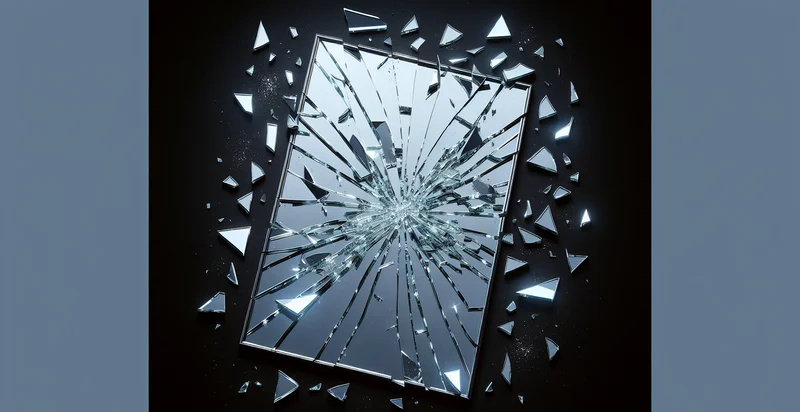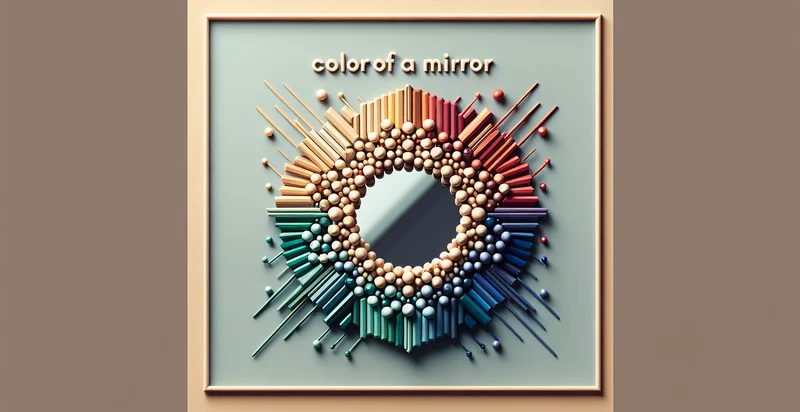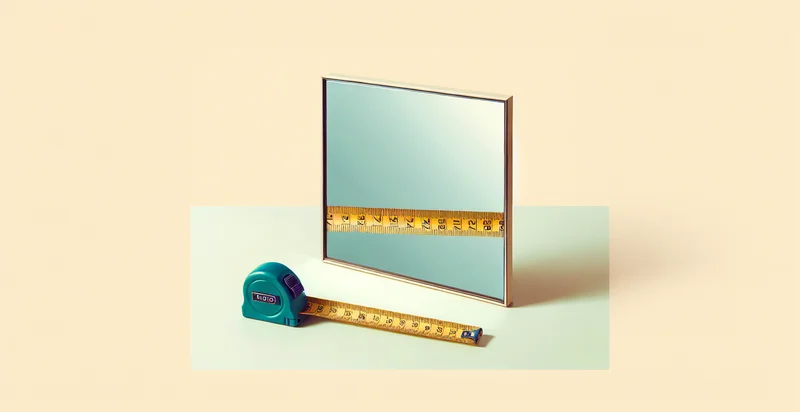Identify if there's a mirror
using AI
Below is a free classifier to identify if there's a mirror. Just upload your image, and our AI will predict if there's a mirror - in just seconds.

Contact us for API access
Or, use Nyckel to build highly-accurate custom classifiers in just minutes. No PhD required.
Get started
import nyckel
credentials = nyckel.Credentials("YOUR_CLIENT_ID", "YOUR_CLIENT_SECRET")
nyckel.invoke("if-theres-a-mirror", "your_image_url", credentials)
fetch('https://www.nyckel.com/v1/functions/if-theres-a-mirror/invoke', {
method: 'POST',
headers: {
'Authorization': 'Bearer ' + 'YOUR_BEARER_TOKEN',
'Content-Type': 'application/json',
},
body: JSON.stringify(
{"data": "your_image_url"}
)
})
.then(response => response.json())
.then(data => console.log(data));
curl -X POST \
-H "Content-Type: application/json" \
-H "Authorization: Bearer YOUR_BEARER_TOKEN" \
-d '{"data": "your_image_url"}' \
https://www.nyckel.com/v1/functions/if-theres-a-mirror/invoke
How this classifier works
To start, upload your image. Our AI tool will then predict if there's a mirror.
This pretrained image model uses a Nyckel-created dataset and has 2 labels, including Mirror Present and No Mirror.
We'll also show a confidence score (the higher the number, the more confident the AI model is around if there's a mirror).
Whether you're just curious or building if there's a mirror detection into your application, we hope our classifier proves helpful.
Related Classifiers
Need to identify if there's a mirror at scale?
Get API or Zapier access to this classifier for free. It's perfect for:
- Retail Display Optimization: This use case involves analyzing product images to identify mirrors within the retail environment. By detecting mirrors, retailers can adjust their display strategies to minimize reflections that may distract customers or distort product visibility, ultimately enhancing the shopping experience.
- Interior Design Planning: Interior designers can utilize the mirror identification function to assess the existing layout of a room. By recognizing mirror placements, designers can suggest optimal positioning for new decor or furniture to complement the reflective surfaces, improving aesthetics and spatial flow.
- Smart Home Automation: Smart home systems can integrate the mirror detection feature to enhance lighting and ambiance adjustments. For instance, identifying mirrors can help smart lighting systems determine how much light to emit, ensuring a well-lit environment without glare or excessive brightness.
- Video Chat Enhancement: In virtual meetings or video calls, this classification function can be employed to automatically detect mirrors and suggest camera angles that reduce glare or distractions. This improvement can lead to more professional and visually appealing video communication.
- Security Surveillance: Surveillance systems can implement mirror identification to enhance security measures in commercial or residential areas. By recognizing the location of mirrors, security algorithms can adjust monitoring focus to avoid blind spots and provide comprehensive coverage.
- Augmented Reality Experiences: Augmented reality (AR) applications can leverage this technology to enhance user engagement. By identifying mirrors within a physical space, AR systems can create virtual experiences that adapt contextually, layering digital content in reflection or complementing mirror placements.
- Health and Wellness Applications: Fitness apps that involve movement or pose tracking can use mirror identification to refine the user's interaction with their environment. By recognizing mirrors, the app can provide personalized feedback or recommendations that consider the user's physical space and reflections.


